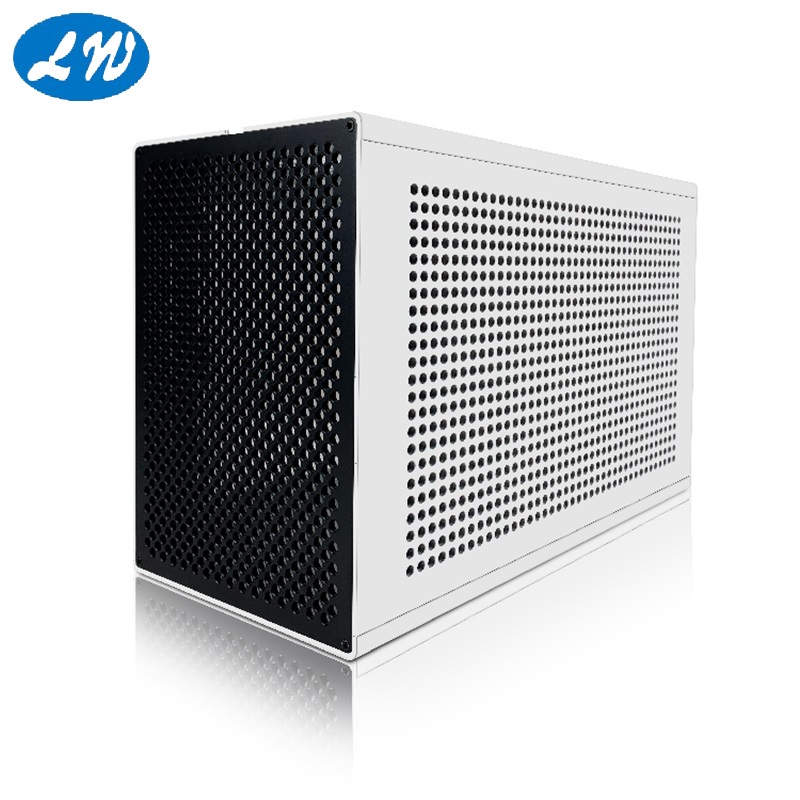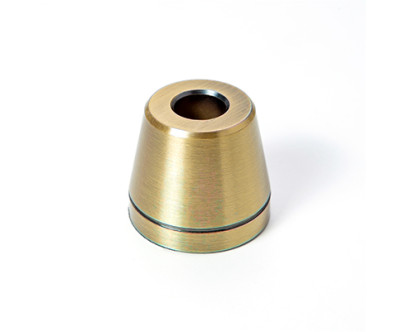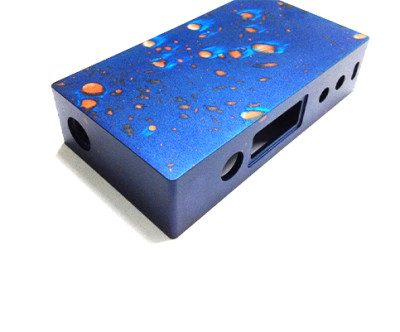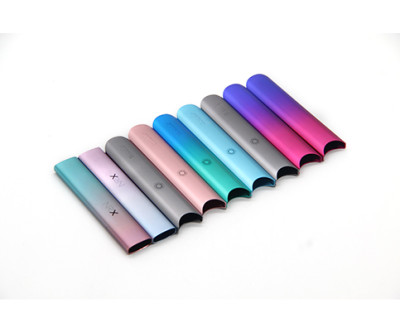What are the advantages of laser cutting in sheet metal processing?
Laser cutting has revolutionized sheet metal processing,providing manufacturers with an efficient,precise,and versatile method for shaping metal parts.Unlike traditional cutting techniques,laser cutting uses a high-powered laser beam to cut through materials with extreme accuracy.This technology is increasingly favored across industries ranging from automotive to aerospace and electronics,thanks to its numerous advantages.
One of the primary benefits of laser cutting in sheet metal processing is its precision.The laser beam can produce highly accurate cuts,even for complex shapes and intricate patterns,which is difficult to achieve with mechanical cutting tools.This precision ensures that parts fit perfectly in assemblies,reducing the need for additional finishing work and minimizing material wastage.
Another significant advantage is speed.Laser cutting machines operate at high speeds,allowing manufacturers to complete production runs much faster than traditional methods such as shearing or stamping.For industries that demand high-volume production without compromising on quality,laser cutting offers a reliable solution.Faster processing times also mean lower labor costs and quicker turnaround for clients.
Flexibility is another key benefit.With laser cutting,manufacturers can easily switch between different designs and materials without changing tools.This is particularly important in sheet metal processing,where customization is often required.Whether cutting stainless steel,aluminum,or copper sheets,laser cutting provides consistent results across various material types and thicknesses.
Additionally,laser cutting reduces physical contact with the material,minimizing the risk of contamination or deformation.This non-contact nature preserves the integrity of the metal surface,resulting in smoother edges and higher-quality finished products.For industries such as electronics or medical devices,where precision and cleanliness are critical,laser cutting is an ideal solution.
Cost-effectiveness is also an important consideration.While laser cutting machines require an initial investment,their efficiency,speed,and minimal material waste can lead to significant long-term savings.Less rework,reduced scrap,and faster production all contribute to lower overall manufacturing costs,making laser cutting a smart choice for businesses aiming to optimize their sheet metal processing operations.
Finally,laser cutting enhances design possibilities.Complex patterns,fine details,and even engraving can be achieved with laser technology,expanding the creative and functional potential of sheet metal components.This opens opportunities for innovative product designs that are difficult or impossible to achieve using traditional methods.
In conclusion,the advantages of laser cutting in sheet metal processing—including precision,speed,flexibility,reduced material waste,and design potential—make it a vital tool for modern manufacturing.Companies that adopt laser cutting technology can improve efficiency,lower costs,and produce high-quality components that meet the exacting demands of today’s industries.



